Using a simple transimpedence amplifier setup, I was able to measure noise from the output waveform by applying a small signal to the non-inverting terminal, while the inverting terminal receives dark current. Once the frequency hits 100kHz the nearly perfectly sinusoidal output changes to the following waveform, and I am not sure what exactly is going on.
If anyone can help explain exactly what is going on at this high frequency it would be appreciated. Some extra info about the circuit, the Rf used is 1Mohm, and the op-amp is AD795.

